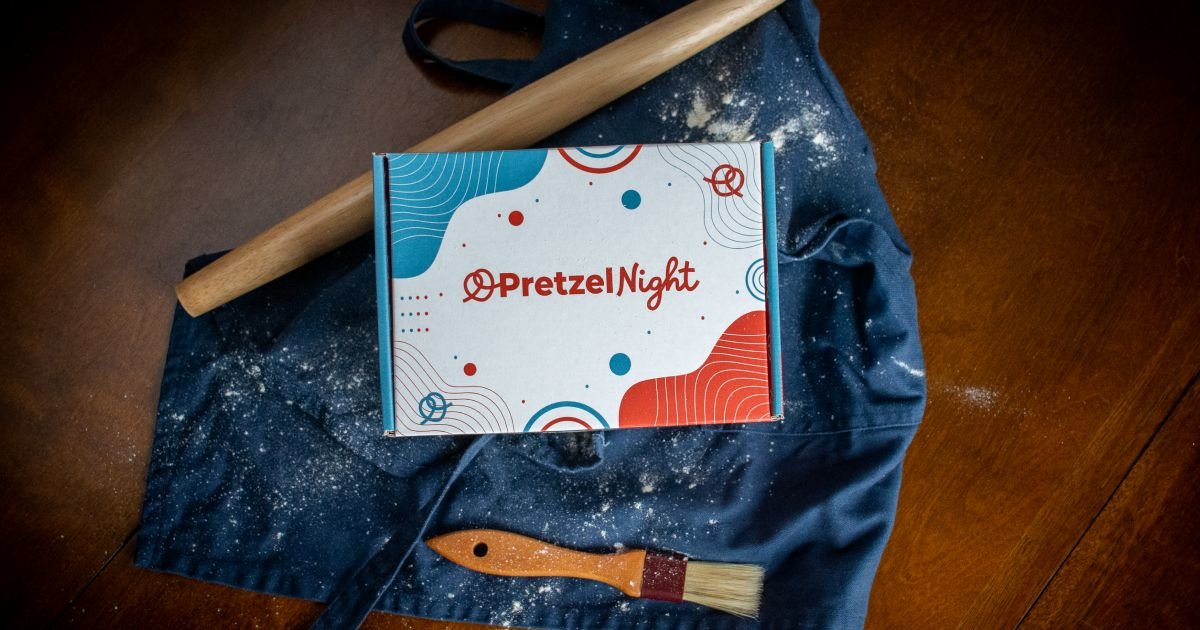BLOG
7 Pretzel Qualities To Look For When Making Pretzels At Home
Discover the art of making perfect pretzels at home with our guide on 7 key qualities: crust taste & texture, crumb, size, salt density, crystal size, and salt explosion.
Pretzels, those twisted delights transcending time and geography, aren't just a snack but an experience.
As a pretzel fan, knowing the key elements that make each pretzel bite a journey in itself is essential. Here, we unravel the secrets to genuinely tasting and appreciating a pretzel.
1. Crust Taste
The most crucial tasting note to look for in the crust is the distinct pretzel crust tanginess from the alkaline bath (from a lye solution if you prefer to live dangerously or baking soda if you're using the Pretzel Night kit and prefer not to handle potentially dangerous chemicals while making pretzels).
2. Crust Texture
Your first encounter with a pretzel is its crust. When you bite in, is it pleasingly slightly crispy, disappointingly burnt, or wrinkled like a naked mole rat's skin? Does it offer a gentle chew or a tough bite? The crust sets the stage for the entire pretzel experience. You're looking for a solid, tight, springy exterior. The closest comparison is the springiness of your palm.
3. Crumb Texture
The inside of the pretzel, or the crumb, tells a story of perfect fermentation and kneading. Is it fluffy, light, with a notable amount of density to create the right chew, or undesirably airy like bread? The texture reflects the craftsmanship behind the pretzel-making.
I look for how the crumb stretches when you bite or pull it apart. Another telltale is the ends; if they feel moist and weighty but not wet, that's often a good pretzel crumb.
4. Size
The size of a pretzel influences its taste and texture. A pretzel too big might be thinly stretched, lacking in flavor, while a small, cramped one might miss the airy lightness. It's all about finding the perfect balance.
It's especially challenging to get the giant pretzels at home that you get at your local brewery. One of the new pretzel bakers' most significant mistakes is making their pretzels too small. If they're too small, the pretzel arms get mixed with the body when you bake them, and you don't get the classic spacing in the inner pretzel.
The biggest challenge with creating giant pretzels at home is often equipment, patience, and little experience. In most cases, I'll lean into a delicious 2-hour pretzel slightly tighter than a giant pretzel that requires a standing mixer, multiple rises, overnight refrigeration, and a lye bath.
5. Salt Density
Salt density, the spacing between salt on the pretzel, contributes to the taste of the pretzel and the bite. Too densely packed together, it gets crunchy and salty, but too far apart, and you've only succeeded in creating a weird bread.
6. Salt Crystal Size
How big are each of the salt crystals? Err on the side of large and cubic instead of tiny table salt. Crystal size matters for the bite and density ratio.
7. Salt "Explosion"
"Explosion" refers to how the salt feels in your mouth when you bite it. For example, biting into something with table salt will make it feel like the salt evaporates in your mouth unnoticed. On the other hand, very hard salt crunches instead of "exploding" into a million pieces when you bite in. You're looking for a medium-sized cubic crystal that easily breaks apart in your mouth when you bite into it.

Get the pretzel making kit
We've taken the simple act of making pretzels and amplified it with an obsessive attention to detail, creating a date night activity that's fun.
Get the kit